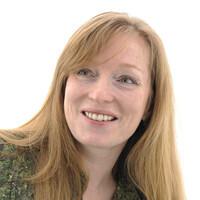
Kathleen Brogan
Associate Professor of English
Teaches modernism, contemporary American fiction and poetry, ethnic literature, and urban literature and photography.
I teach courses in modernism, contemporary American fiction and poetry, ethnic literature, and urban literature and photography. My book, Cultural Haunting: Ghosts and Ethnicity in Recent American Fiction, examines how ghost stories in ethnic literature reflect the way shared group histories are recalled and reshaped. I am now working on a study of how cities are depicted in American literature and art.
Education
- B.A., Queens College
- Ph.D., Yale University